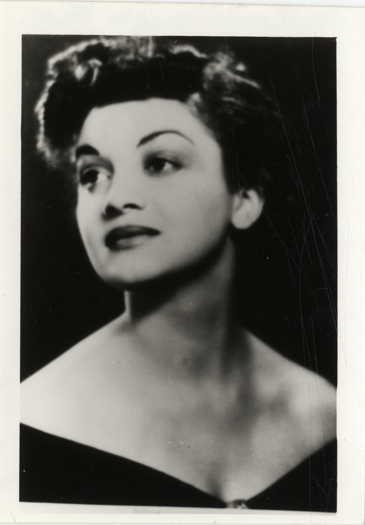Is There an Identity Beyond Race? Four Case StudiesPosted in Articles, Autobiography, Book/Video Reviews, Judaism, Law, Media Archive, Religion on 2015-10-30 00:47Z by Steven |
Is There an Identity Beyond Race? Four Case Studies
Michigan Quarterly Review
Volume XLI, Issue 3, Summer 2002
Paula Marantz Cohen, Distinguished Professor of English
Drexel University, Philadelphia, Pennsylvania
Love on Trial: An American Scandal in Black and White. By Earl Lewis and Heidi Ardizzone. New York: W.W. Norton, 2001. Pp. 301. $26.95.
Black, White and Jewish: Autobiography of a Shifting Self. By Rebecca Walker. New York: Riverhead Books, 2001. Pp. 336. $14.
Pearl’s Secret: A Black Man’s Search for his White Family. By Neil Henry. Berkeley: University of California Press, 2001. Pp. 321. $24.95.
The Color of Water: A Black Man’s Tribute to His White Mother. By James McBride. New York: Riverhead Books, 1996. Pp. 228. $23.95 (hb), $14 (pb).
All four books under review here are concerned with telling dramatic tales about singular, real lives. But they are also books about race. They are driven by the larger goal of making the individual story stand for more than itself.
To write something that is true to the distinctiveness of human experience while also being socially and politically illuminating is hard to achieve. Earl Lewis and Heidi Ardizzone’s Love on Trial: An American Scandal in Black and White seems the most successful, perhaps because it is the only book in the group that is not a memoir. Lewis explains in an Afterword that he first stumbled on the subject while working on his dissertation seventeen years earlier, then returned to it when, as a professor at the University of Michigan, he began directing Ardizzone’s doctoral research on interracial identity in the first half of the twentieth century. They eventually decided to collaborate. The long period of gestation as well as the collaborative approach help to account for the book’s judicious tone in telling a story at once private and public, full of subjective elements yet illuminating of its social moment.
Love on Trial takes as its point of departure a sensational news story from the 1920s. Pursuing the story through careful research into court transcripts and newspaper archives, the authors piece together a fascinating narrative in which the personal intersects the social with tragic consequences.
The story centers on the marriage of Alice Jones, a nanny from Westchester, to Leonard “Kip” Rhinelander, a young scion of one of New York’s oldest and richest society families. It seems that the couple met, courted, and married without apparent difficulty until their relationship became publicized by the New York press, probably through the instigation of Leonard’s disapproving father. A scandal erupted when it was alleged that Alice Jones was black—a fact that Leonard subsequently claimed he did not know and which he made the basis for an annulment suit against his wife…
Read the reviews here.
